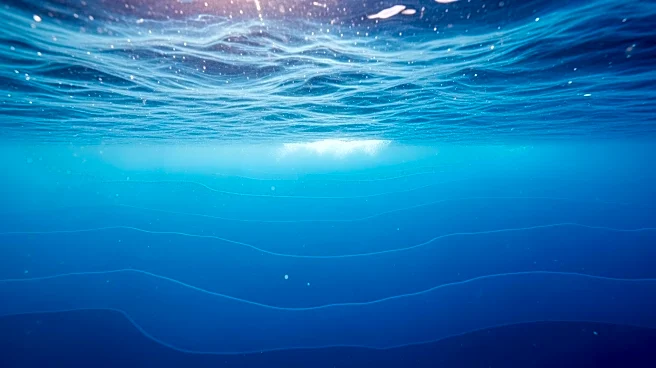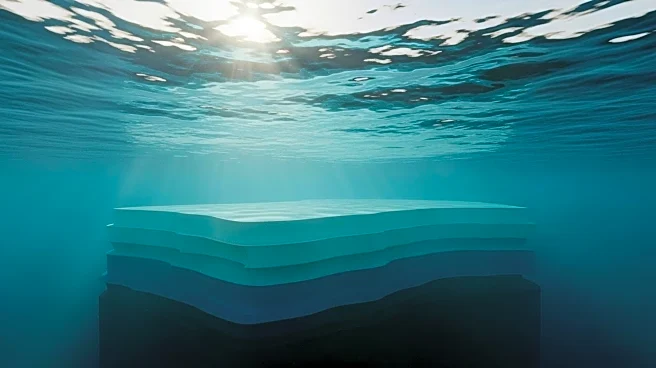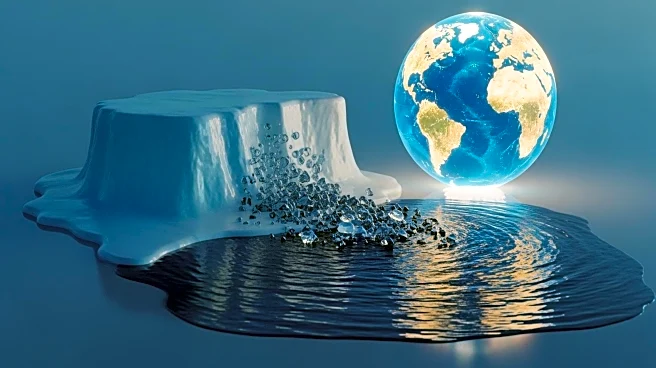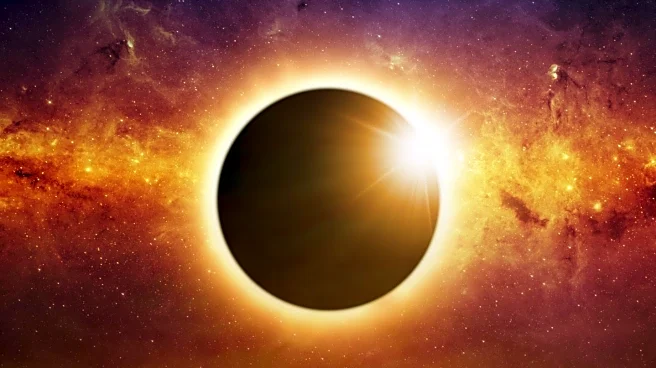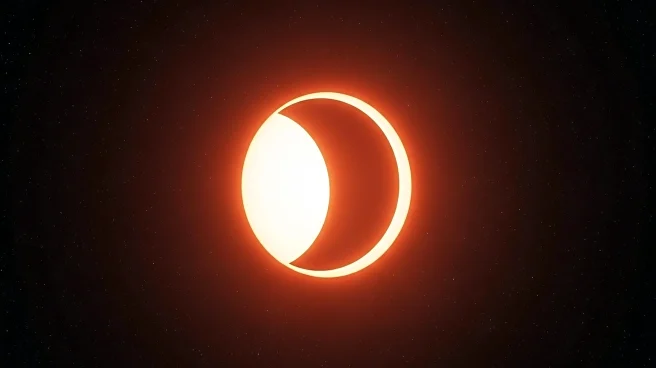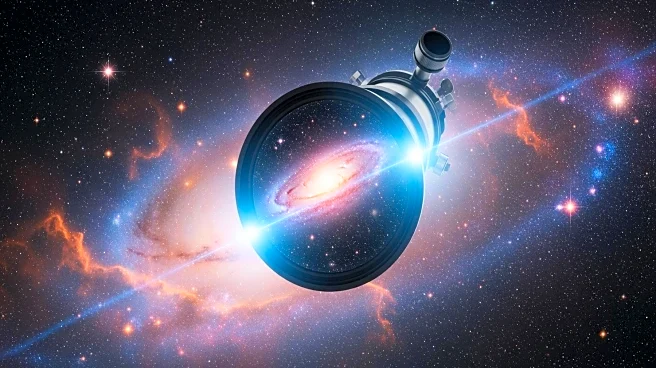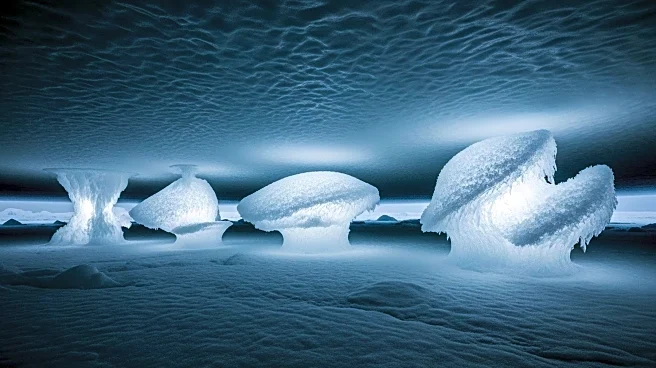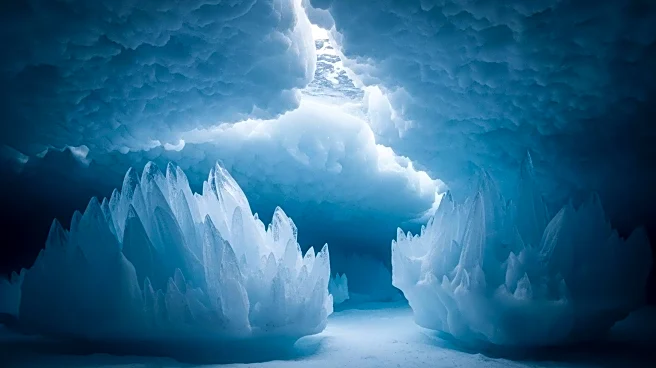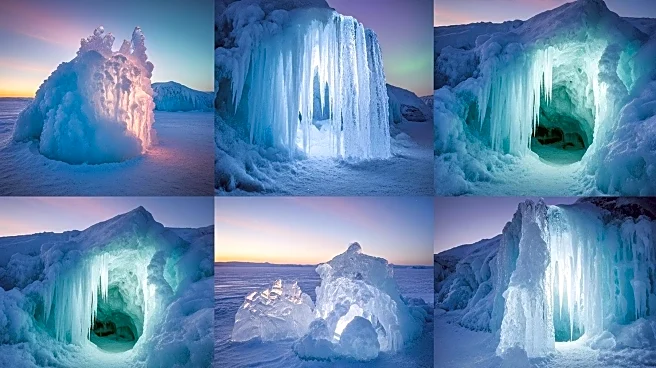What's Happening?
Researchers have discovered 85 new subglacial lakes beneath Antarctica, increasing the known number of active lakes to 231. This discovery was made possible through data collected over a decade by the European Space Agency's CryoSat satellite. These lakes, located several kilometers under the ice, play a crucial role in the movement and stability of glaciers, which in turn affects global sea level rise. The study, published in Nature Communications, highlights the dynamic nature of Antarctic subglacial hydrology, with lakes filling and draining in cycles. This research provides new insights into the structural dynamics of ice sheets and their impact on ocean levels.
Why It's Important?
The identification of new subglacial lakes is significant for climate modeling and projections of sea level rise. Understanding the dynamics of these lakes helps scientists improve models that predict the contribution of ice sheets to sea level changes. The data from CryoSat allows researchers to map subglacial lakes and monitor their cycles, which is crucial for understanding interactions between ice sheets, bedrock, ocean, and atmosphere. This research underscores the importance of satellite data in enhancing our understanding of polar regions and the complex processes affecting ice sheets.
What's Next?
Continued monitoring of these subglacial lakes is essential to understand their evolving dynamics and impact on ice sheet stability. Researchers aim to incorporate subglacial hydrology into ice sheet models to improve projections of future sea level rise. The study calls for ongoing observation to track changes in lake areas during different filling and draining cycles, which will help quantify their impact on ice dynamics.
Beyond the Headlines
The discovery of these lakes highlights the importance of subglacial hydrology in climate models, which has been a missing piece in many projections. By mapping active lakes, scientists can better understand their influence on ice dynamics and improve predictions of sea level rise. This research also emphasizes the role of satellite missions like CryoSat in providing critical data for understanding polar regions.

